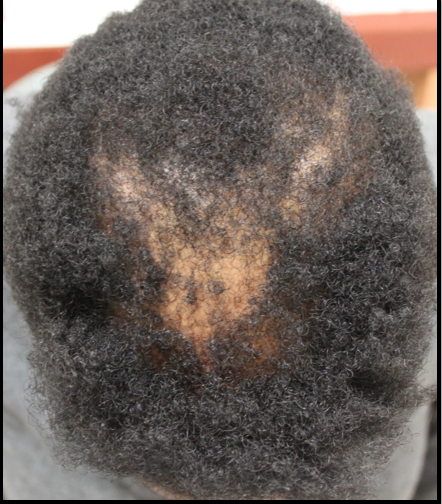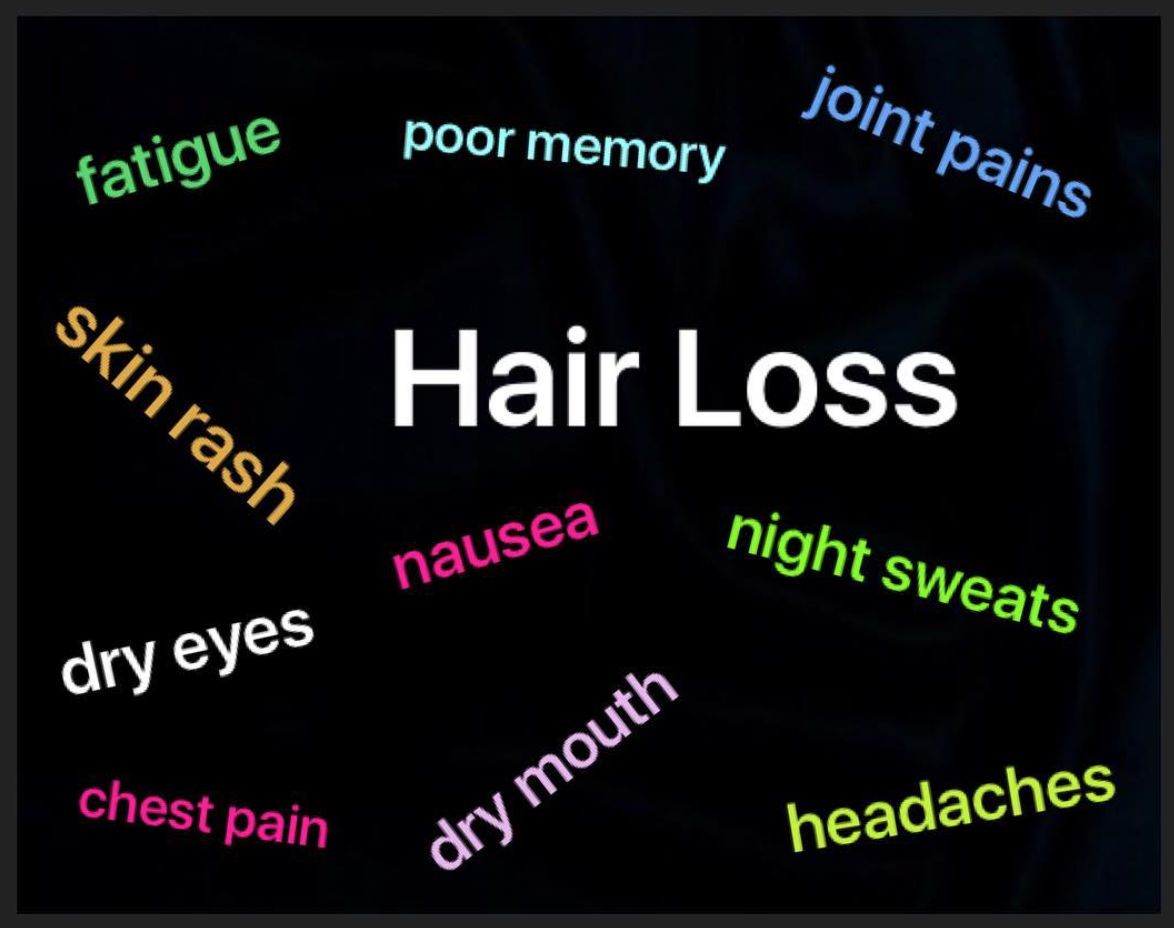Permanent Chemotherapy Induced Alopecia (PCIA)
A New type of Hair loss in Patients Undergoing Chemotherapy: PCIA
Every year about 650,000 patients undergo chemotherapy in the United States. Hair loss is a common side effect of chemotherapy and occurs in about 65 % of patients who receive chemotherapy. There are two main types of hair loss that can occur in patients undergoing chemotherapy. The first is hair loss that happens within weeks of starting the chemotherapy and then lasts several months before growing back. This is known as temporary chemotherapy induced alopecia ("TCIA"). The second type is uncommon and occurs when patients fail to regroth their hair back to the level it was before undergoing chemotherapy. If hair has not grown back after chemotherapy by the 6 month after chemotherapy, we call this permanent chemotherapy induced alopecia (PCIA) and it is sometimes also called Chemotherapy Induced Permanent Alopecia (CIPAL).
Permanent Chemotherapy Induced Alopecia (PCIA)
The failure of the hair to grow back fully 6 months post chemotherapy raises concerns about a phenomenon known as permanent chemotherapy induced alopecia (PCIA). In recent years a number of studies have highlighted the possibility of PCIA in women with breast cancer treated with various chemotherapeutic agents, especially drugs known as taxanes. Docetaxel and paclitaxel are part of this group of drugs. The exact mechanisms are unclear although injury to the bulb as well as follicular stem cells are thought to be relevant. Adjuvant anti-estrogen hormonal therapy may be an important cofactor in many women with PCIA. A similar PCIA presentation has been reported in patients undergoing bone marrow transplantation. The scalp is predominantly affected in women with PCIA although a minority may have eyebrow, eyelash and body hair loss as well.
Different Clinical Presentations of PCIA
PCIA doesn't appear similar in all patients. In fact, three main types appear to exist including a diffuse type, a diffuse type with vertex accentuation (mimicking androgenetic alopecia) and a patchy type mimicking alopecia areata.
Examination under the Microscope: Biopsies of PCIA
Histopathology of biopsy specimens shows a non-scarring alopecia with preservation of sebaceous glands, miniaturization, decreased anagen hairs, increased telogen hairs and end stage avascular fibrous tracts. There may be several histological presentations and the exact features remains to be defined although a high proportion show dysmorphic telogen germinal units. Some biopsies show peribulbar type inflammation.
How do we treat PCIA?
We don't really know yet how to best treat PCIA. The most common treatments described in the medical literature are oral and topical minoxidil. Both seem to provide benefit to at least a proportion of patients. Other treatments are not known to provide benefit.
Dr. Donovan's Articles for Further Reading
Preventing Hair Loss from Chemotherapy
Does hair always grow back after chemotherapy?
REFERENCES
Miteva M, Misciali C, Fanti PA et al. Permanent alopecia after systemic chemotherapy: a clinicopathological study of 10 cases. Am J Dermatopathol. 2011 Jun;33(4):345-50.
Fonia A, Cota C, Setterfield JF et al. Permanent alopecia in patients with breast cancer after taxane chemotherapy and adjuvant hormonal therapy: Clinicopathologic findings in a cohort of 10 patients. J Am Acad Dermatol. 2017 May;76(5):948-957.
Rugo HS. Real-world use of scalp cooling to reduce chemotherapy-related hair loss. Clin Adv Hematol Oncol. 2017
This article was written by Dr. Jeff Donovan, a Canadian and US board certified dermatologist specializing exclusively in hair loss.








